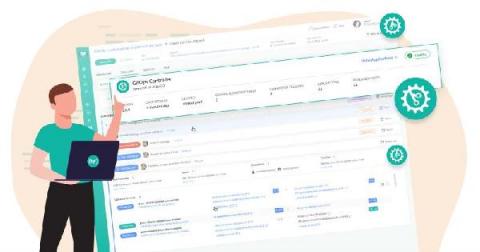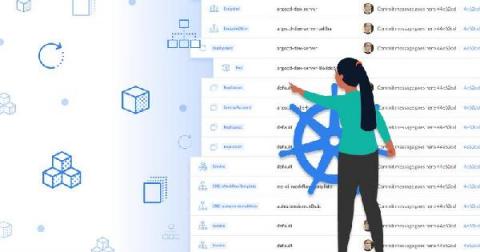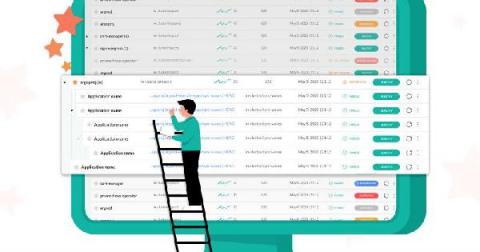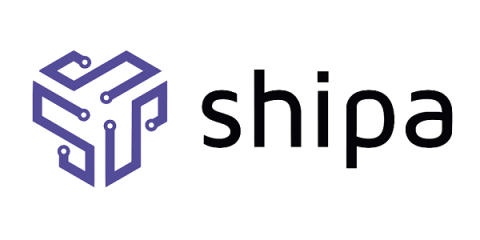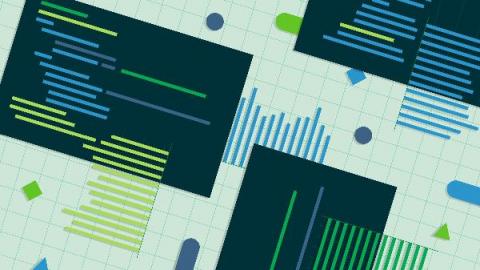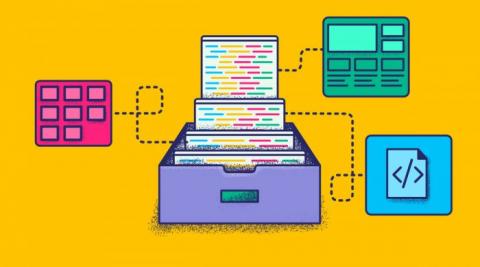Codefresh GitOps Controller
The new Codefresh GitOps dashboard gives you the perfect overview of your deployments and how they change over time. This powerful view combines information from multiple sources such as your Kubernetes services, Git Pull Requests, and JIRA issues. To help you incorporate all of this helpful information into your deployments, we have introduced the GitOps controller, a handy agent that is installed in your cluster and collects critical information about your GitOps deployments.


